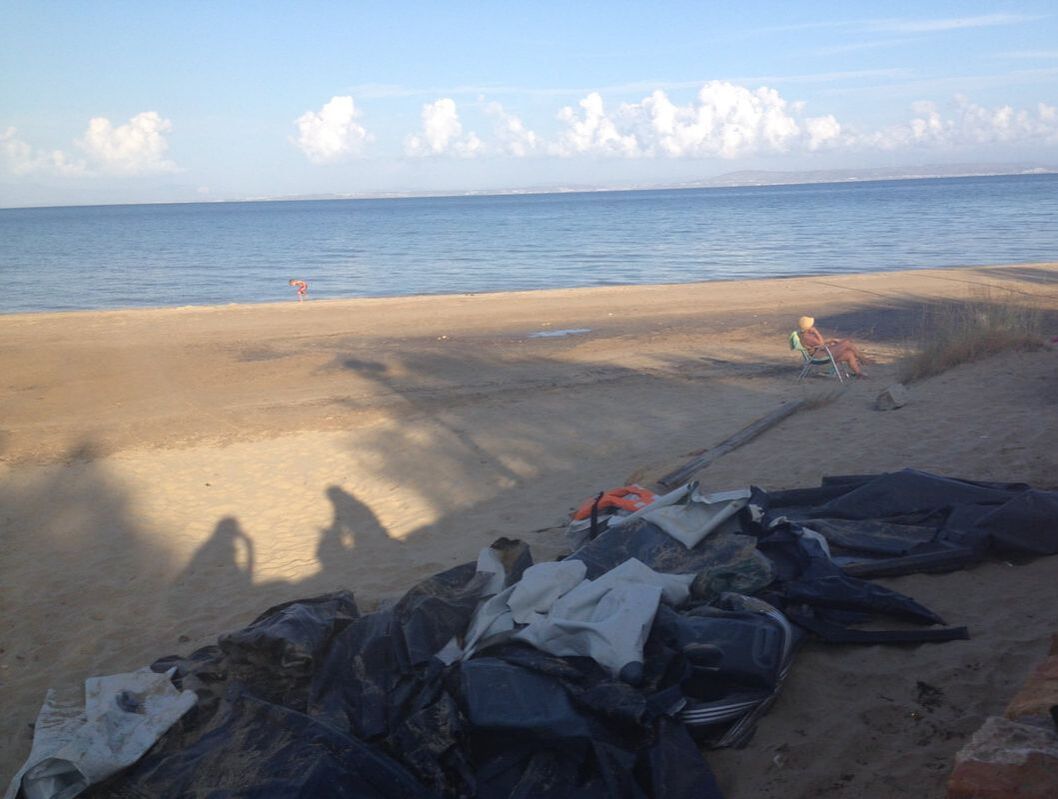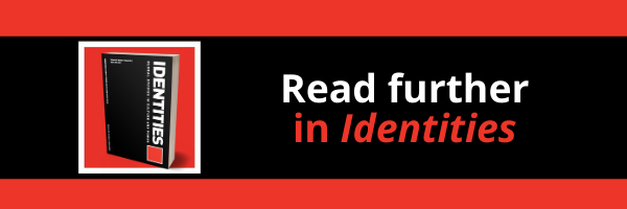|
|
|
The arrival of large numbers of Ukranian refugees fleeing the Russian invasion to their country since February 2022 has been met with a wave of compassion and solidarity in most western European countries. However, critical voices have pointed out what has been perceived as hypocrisy, or a ‘double standard’, regarding attitudes towards refugees. Why are some of them welcomed with open arms, while others are being repressed at the border? While Ukrainians could fast-track their asylum claims and enjoy protection status with minimum requirements, people fleeing other conflicts in the Middle East and Africa were still getting stuck in lengthy bureaucratic processes and often becoming the object of resentment and discrimination in the host society. Is this so because of racial difference?
The increased arrivals of refugees in a short span of time reminded many in Europe of the peak of arrivals from Afghanistan and Syria in the mid-2010s. Public opinion in various western European societies of alleged unbridgeable cultural differences or difficulties towards ‘integration’ of the newly arrived did not apply to Ukrainian refugees. While Ukrainians, critical voices argued, were perceived in the mainstream public opinion as ethnically, culturally and racially close to western Europeans, other victims of armed conflict equally entitled to protection were still represented or perceived as ‘less deserving’ by social and political actors holding anti-immigration positions. This shows the extent to which the way migrants are portrayed in Europe is a highly contested matter that connects deeply to values, perceptions and anxieties permeating those societies.
The epistemic position from which knowledge is produced has often been analyzed through the metaphor of the gaze. The references to a point of view, perspective, framing, scope or vision reveal the extent to which every epistemic construction in Western science implies a form of seeing. My Identities article, ‘Europe and the migrant’s gaze: three approaches to migration in research and film’, reflects on the way European audiences perceive migrants, analyzing the aesthetic language of film and scholarly research. The article focuses on three films produced and screened in Europe in the years surrounding what migration scholars have called the ‘long summer of migration’ of 2015. I argue that each of these films shows an affinity with one of three possible theoretical approaches in migration research. The claim is that visual and narrative decisions in film, and the epistemological positions of border or migration scholars do both –through their own specific methods – entail a specific positioning and produce a certain gaze.
The first film is Fuocoammare (‘Fire at Sea’, 2016) by Gianfranco Rosi. Set on the island of Lampedusa, it juxtaposes scenes of daily life on the Italian island with original footage from refugees’ arrivals, including search and rescue operations at sea, and screening procedures and reception of the newly arrived. The filmmaker’s gaze is a compassionate one. However, the compassion of the gaze mobilized by Fuocoammare is a distanced one: it portrays migrants neither as equals nor as citizens, but instead as passive and nameless recipients of care. It is a gaze that can unwittingly reinforce the asymmetry between the established local population and those risking their lives to reach Europe. In my Identities article, I relate Fuocoammare to mainstream migration research; as with migration research scholarship, in the film there is a detached and allegedly neutral point of view – the operation that Donna Haraway called ‘God’s trick’, as if camera decisions and research practices would not imply questions of power and a politics of positioning. The second film, Les Sauteurs (‘Those Who Jump’, 2016), is a portrait of migrants’ lives while camping at Mount Gurugu, the hill situated opposite the Spanish exclave of Melilla in North Africa, where hundreds of people prepare and wait, often for months, to scale the nearby fence and ‘jump’ onto European soil. For this film, two co-directors based in Europe, Moritz Siebert and Estephan Wagner, gave the camera to Abou Bakar Sidibé, a migrant from Mali, for him to film his own experience at the Gurugu. The result is a powerful document of life and travel under extreme conditions, and a testimony to the migrants’ inventiveness and will. This film is analyzed in correspondence with the paradigm of the Autonomy of Migration, followed by much critical research on migration and borders. This emphasizes the right and will of migrants to move, displacing the focus from the sphere of state policies and humanitarian management onto the realm of the migrants’ subjectivities and agency. The third film, Those who Feel the Fire Burning by the Dutch filmmaker Morgan Knibbe (2014), combines staged scenes with footage material depicting the arrival of migrants to Greece. It starts with a man’s drowning, suggesting that it is his spectre that guides the viewer through the film as he wanders among other migrants in sordid cities, or assists the repatriation of dead migrants’ bodies. This film resonates with the paradigm of the haunting or ‘spectral turn’ developed by scholars of diverse disciplines following Jacques Derrida’s conceptualization of ‘hauntology’. Here, the ghost is a cipher of the past that affects the living but also draws attention towards alerts about current forms of violence and exclusion. The spectral works as a category for both audiences and scholars that can help to overcome the limitations of positivistic scholarship that can raise questions – rather than state certainties – and challenges us in our role as viewers and researchers. The ghost, following Derrida, ultimately expresses a call for justice. As debates about racialized constructions of refugees arose anew in the wake of the war in Ukraine, a reflection on how European audiences and researchers position themselves towards migrants has acquired new momentum. My article exposes three possible optic strategies on the basis of three film productions and some corresponding epistemic positions in migration and border research. I propose them as exemplary for specific gazes, and as prisms through which our own position as scholars and as viewers can be reflected.
Image credit: Author’s own. Local boy and woman at beach next to the remains of a deflated migrant boat, Chios, Greece, October 2015.
Blog post by Estela Schindel, European University Viadrina Frankfurt (Oder), German
Read the Identities article: Schindel, Estela. (2023). Europe and the migrant’s gaze: three approaches to migration in research and film. Identities: Global Studies in Culture and Power. DOI: 10.1080/1070289X.2023.2189350
Read further in Identities:
Moving images of exclusion: persisting tropes in the filmic representation of European Roma Looking through two lenses: reflections on transnational and translocal dimensions in Marseille-based popular music relating to the Comoros OPEN ACCESS Global dramas in the Midwest metropolis: representations, dilemmas, and decisions about violence among Bosnian refugees in Chicago
0 Comments
Your comment will be posted after it is approved.
Leave a Reply. |
|
Explore Identities at tandfonline.com/GIDE |
|
The views and opinions expressed on The Identities Blog are solely those of the original blog post authors, and not of the journal, Taylor & Francis Group or the University of Glasgow.


